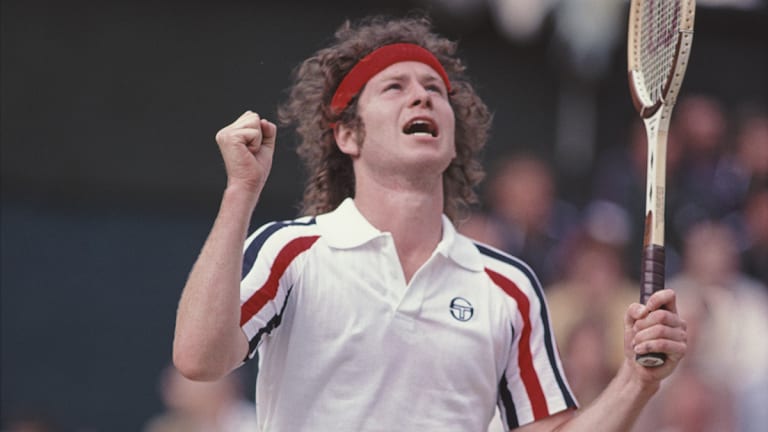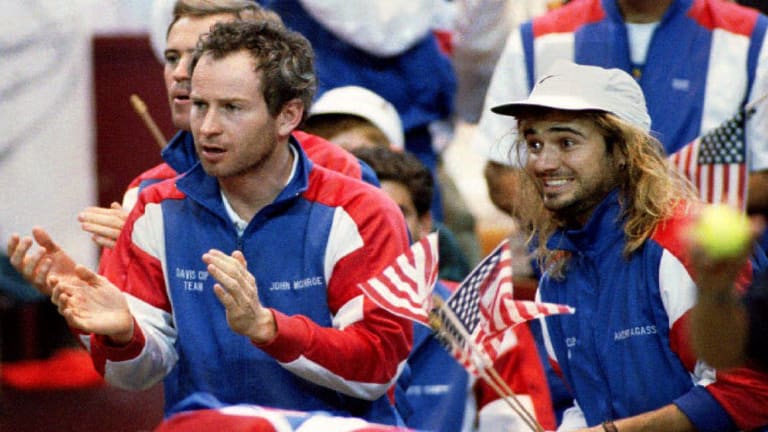TBT, 1978: Teenager John McEnroe sparks U.S. Davis Cup team to victory
By Dec 10, 2020Laver Cup
John McEnroe on Carlos Alcaraz: “I’ve never seen a player this good at this age”
By Sep 19, 2025Social
PHOTOS: Joao Fonseca celebrates birthday with Juan Martin del Potro at Stars of the Open
By Aug 22, 2025Pop Culture
Tennis on Film: Rating Borg vs. McEnroe (2017), an internationally awarded tennis film that doesn’t get enough credit
By Feb 05, 2025Laver Cup
Farewell to the captains: Laver Cup pays tribute to Borg and McEnroe
By Sep 24, 2024Laver Cup
Andre Agassi and Yannick Noah herald new era for the Laver Cup
By Sep 24, 2024Laver Cup
Laver Cup and ATP Announce Five-Year Extension to Partnership
By Sep 20, 2024Laver Cup
Borg vs. McEnroe: The battle of rivals who became friends
By Sep 19, 2024Social
WATCH: Daniil Medvedev was not fine with John McEnroe’s outfit “idea” in hilarious video
By Jul 06, 2024Social
Quote of the Day: Daniil Medvedev invites Novak Djokovic, John McEnroe to dream dinner
By Jun 01, 2024TBT, 1978: Teenager John McEnroe sparks U.S. Davis Cup team to victory
It had been six years since the United States had last won the team event. The American cause in particular was hindered by the refusal of world No. 1 Jimmy Connors to participate, but McEnroe regarded the Davis Cup as a personal Holy Grail.
Published Dec 10, 2020
Advertising

TBT, 1978: Teenager John McEnroe sparks U.S. Davis Cup team to victory
Advertising

TBT, 1978: Teenager John McEnroe sparks U.S. Davis Cup team to victory
© AFP via Getty Images